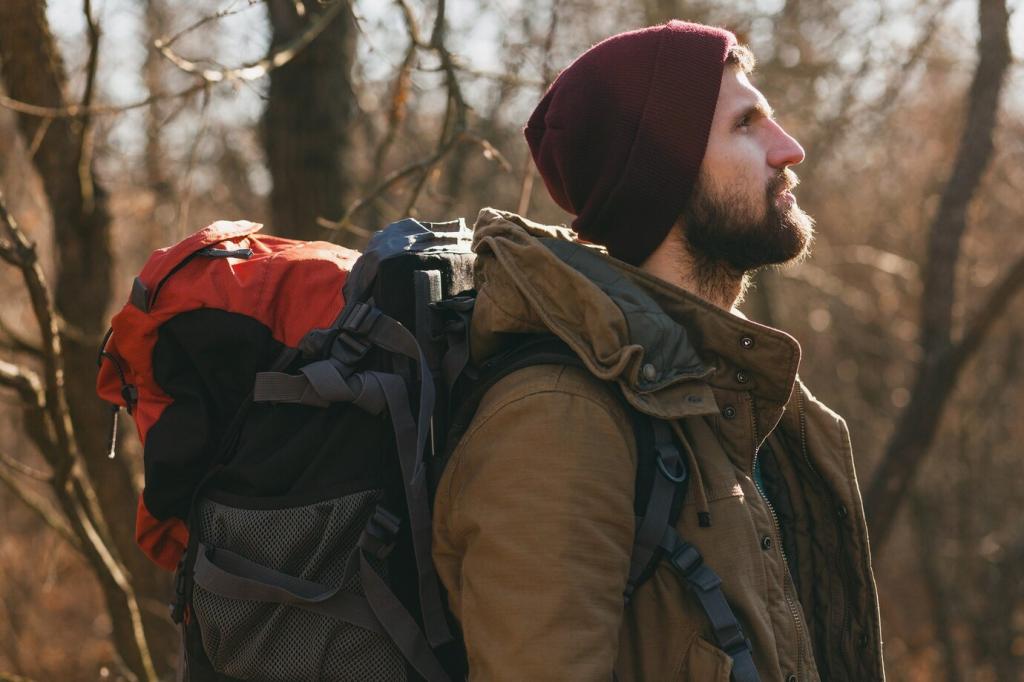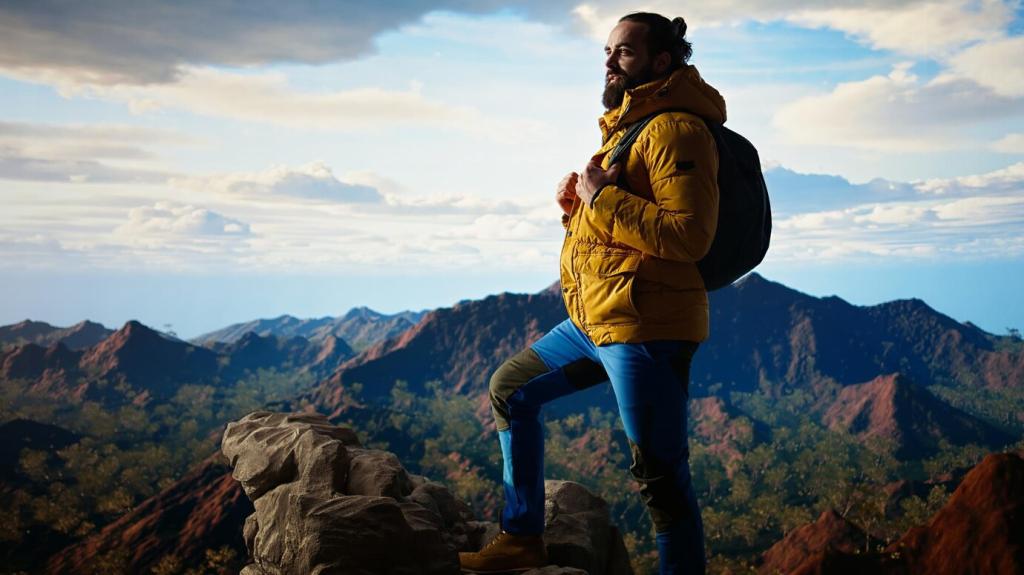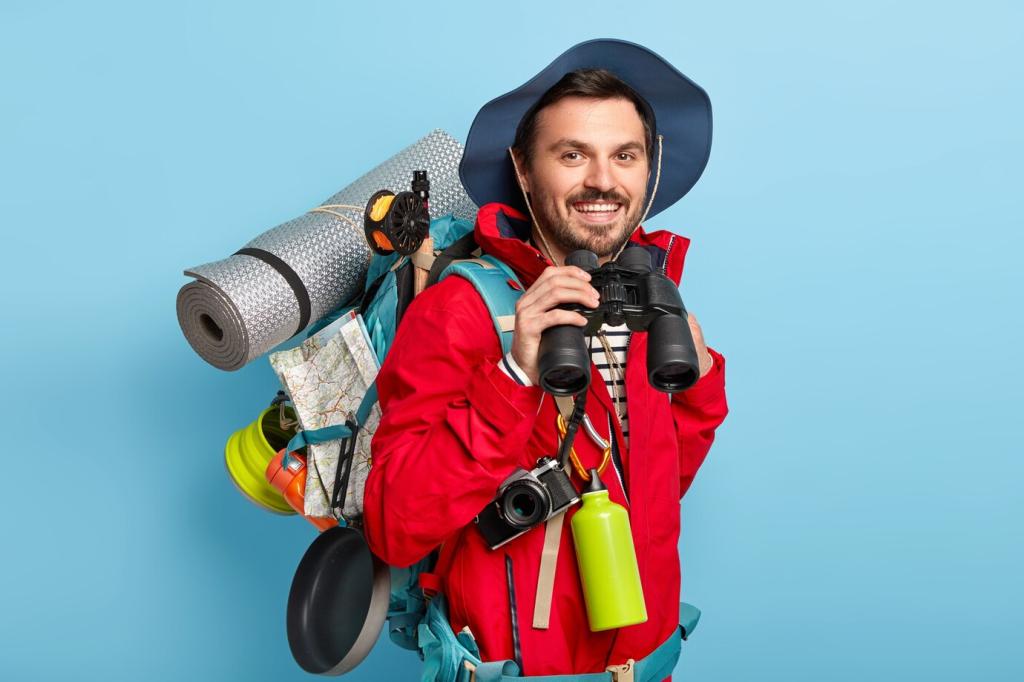Top Winter Hiking Equipment for Snowy Trails
Chosen theme: Top Winter Hiking Equipment for Snowy Trails. Step into the hush of winter woods with confidence as we highlight the gear that keeps you warm, dry, and moving when trails disappear under glittering snow. Join in, share your must-have items, and subscribe for fresh cold-season tips every week.
Mastering Layering for Arctic-Feeling Days
Start with moisture-wicking wool or synthetic tops and bottoms that move sweat away before it chills you. On a subzero ridge last January, a breathable merino base kept me warm even when the wind screamed. Share your go-to weight and fabric in the comments.


Mastering Layering for Arctic-Feeling Days
Down traps tremendous heat for its weight, while synthetic handles damp conditions better. I carry a lightweight synthetic hoodie for active motion and a loftier down piece for lunch stops. What is your mid-layer strategy for snowy trails and sudden weather turns?

Insulated, Waterproof Boots That Keep Toes Toasty
Look for waterproof membranes, solid ankle support, and enough insulation to match your pace and climate. Fast movers can get away with lighter insulation; slower hikers may need more warmth. I once warmed frozen toes by swapping to thicker insoles mid-hike. What insoles or socks keep your feet happy?

Microspikes, Crampons, or Snowshoes for Variable Terrain
Microspikes shine on packed trails and gentle ice, crampons bite into steep, hard ice, and snowshoes float over drifts. A bluebird morning turned slick after a shaded waterfall; microspikes transformed tentative steps into confident strides. Which tool do you trust when the trail surprises you?

Gaiters and Sock Systems for Deep Drifts
High gaiters seal out powder, while a two-sock system balances warmth and moisture control. I pair a thin liner with a cushioned wool sock to prevent blisters on long, cold slogs. Tell us how you keep snow out and comfort in during knee-deep sections.
Navigation and Safety When Whiteouts Erase the Trail
Batteries fade faster in cold, so carry paper maps and a compass alongside a GPS or phone app. I keep electronics in inner pockets to preserve warmth and charge. What backup do you rely on when visibility shrinks to a swirling gray curtain?



Hydration, Nutrition, and Hot Drinks in Freezing Temps
Use wide-mouth bottles upside down in insulated sleeves so ice forms at the bottom first. For bladders, route hoses under layers and add a bite-valve cover. What tricks keep your water flowing when the thermometer dives and wind chills sting?
Choosing a Winter-Ready Pack
Look for glove-friendly zippers, external lash points for snowshoes, and a dedicated pocket for wet gear. I stash my puffy on top for instant warmth during stops. How do you arrange layers and safety items for quick, stress-free access?
Trekking Poles with Snow Baskets for Stability
Snow baskets prevent poles from plunging too deep, and extended grips help on sidehills. On a slanted traverse, lower pole length and wide baskets turned wobbles into control. What pole features give you confidence across uneven, drifted terrain?
Repair and Emergency Essentials
Pack duct tape, a multitool, spare straps, and a compact bivy or emergency blanket. A snapped snowshoe strap once threatened our exit until a quick repair kept us moving. What small fix-it item has saved your trip more than once?
